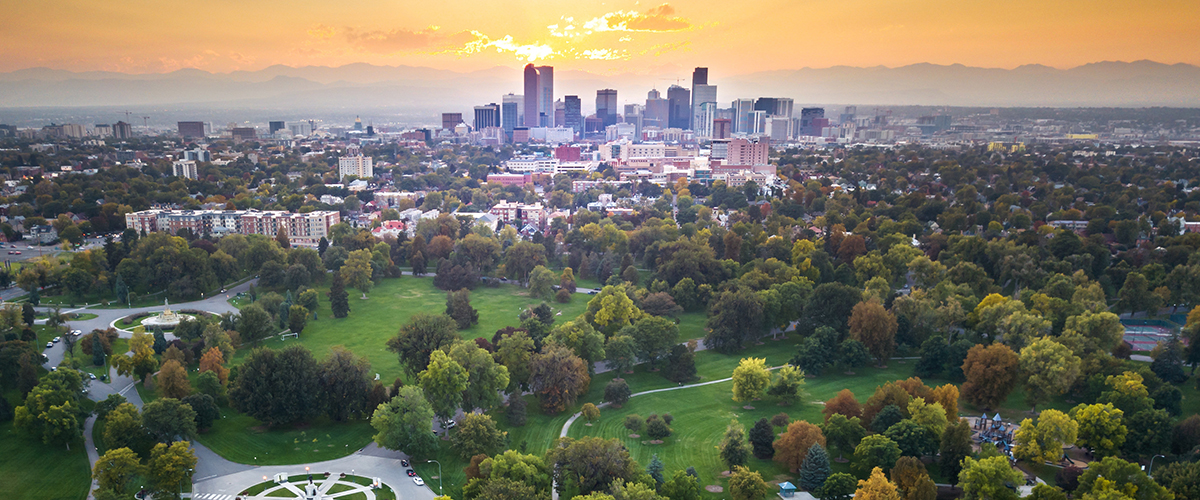Marijuana shops in the state had record-setting sales of medical and recreational marijuana in 2017.
Colorado’s marijuana sales hit a record $1.51 billion in 2017, according to new data released by the Colorado Department of Revenue. Colorado’s previous record was in 2016 when marijuana shops did $1.3 billion in sales. In 2015, state marijuana shops sold $996 million worth of marijuana.
Recreational marijuana sales made up $1.09 billion of those total sales for 2017. The majority of sales occurred in Denver and Arapahoe counties, where the state’s population is most concentrated.
Three of the five counties situated along the Colorado-New Mexico border were found to have the highest per-capita sales of recreational marijuana, suggesting that adults are coming in from outside the state to purchase marijuana legally. With a population of 14,083, rural Las Animas County, which borders New Mexico, led the state with $3,118 of recreational marijuana sold, on average, for every adult and child.
“I think the one thing that jumps out is Las Animas has this huge disparity,” said Brian Keegan, a computational social scientist at the University of Colorado, after analyzing the data with The Denver Post. “And the fact that it’s on the New Mexico border would seem to suggest people are coming up and buying things there – whether or not it crosses state lines.”
Medical marijuana made up the remaining $416.52 million of the state’s total 2017 marijuana sales. The state legalized medical marijuana in 2001 and allows qualified patients to buy and possess up to 2 ounces of usable marijuana and cultivate up to six plants. Last year the state expanded its program’s list of approved conditions to include post-traumatic stress disorder (PTSD).
According to the new data, the annual recreational and medical cannabis sales provided $247 million in taxes and fees revenue for the state. Colorado allocates most of its marijuana tax revenue to education and school construction efforts and school health programs. The state has also used cannabis taxes to pay for new mental health care clinics. Colorado’s Pueblo County applies some of its marijuana tax revenue to fund college scholarships.
What’s Next for Colorado’s Marijuana Market?
Colorado’s marijuana sales, while continuing to grow, are increasing at slower rates than in the market’s early stages. The state saw marijuana sales grow 31 percent in 2016. Last year, they grew 15.3 percent.
The slower rate of growth has been attributed to the state’s illegal marijuana market having now mostly been absorbed. Adam Orens, a founding partner of Denver’s Marijuana Policy Group LLC, told The Cannabist that he estimates that 90 percent of Colorado’s illegal market sales have been shifted into the regulated market. At near full absorbency, the market is beginning to level off.
Colorado was the first state in the United States to legalize and regulate recreational marijuana in 2012. Licensed sales started two years later and since then the market hasn’t stopped growing. Colorado’s city of Aspen is now selling more marijuana than alcohol.
Read more about what’s happened in Colorado since the state legalized recreational marijuana five years ago, here.
Keep Up With the Latest on Marijuana
More information on marijuana laws in the U.S. can be found on our education page. Stay up-to-date on the latest developments in the cannabis industry through our news page.






